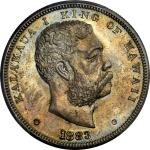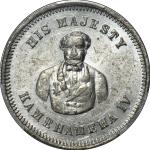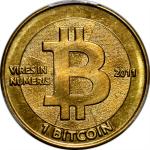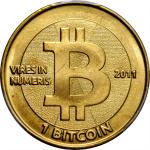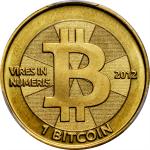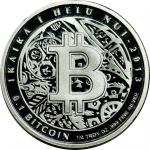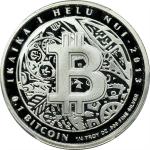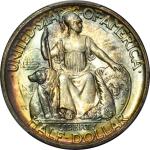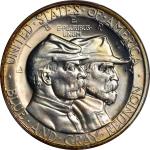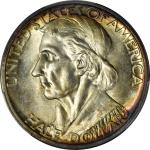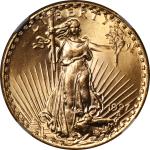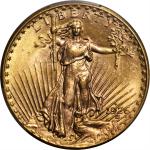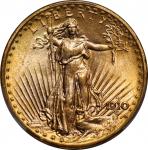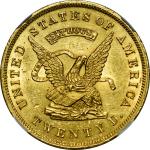1853 United States Assay Office of Gold $20. K-17. Rarity-7-. 884 THOUS. MS-63 (NGC). As one of the finest certified survivors of this elusive U.S. Assay Office of Gold issue, this is a significant as well as beautiful territorial $20 gold piece. Both sides of this highly desirable Choice Mint State example are fully struck with razor sharp detail to even the most intricate design elements. Luster is bright and satiny with an intermingling of mint frost. The vivid golden-orange surfaces are exceptionally well preserved for the issue and will please even the most discerning numismatist.<p>The United States Assay Office of Gold is as much part of the story of the California Gold Rush as the 1848 discovery of gold along the banks of the American River at Sutters Mill near Coloma. In 1849 John Little Moffat and his three partners, Joseph R. Curtis, Philo H. Perry, and Samuel H. Ward, established the private assaying and refining business of Moffat & Company in San Francisco. Soon thereafter, Moffat & Co. began producing circulating gold ingots as well as $5 gold pieces. The company quickly garnered an excellent reputation and their business thrived, unlike many of the early pioneer assay and coining firms. <p>The rapid influx of "Forty-niners" to the gold fields hoping to find their fortune resulted in an acute shortage of circulating currency. Even though there were proposals to establish a branch mint as early as 1849, competing political interests delayed action. Finally, Congress passed a compromise bill on September 30, 1850 which established the United States Assay Office. Not long after passage of the act, Moffat & Co. entered into a contract to operate as the United States Assay Office of Gold while retaining the original company name with New York watchmaker and engraver Augustus Humbert appointed as United States Assayer. Moffat & Co. continued operation as before until January 1852 when Moffat sold his interest to his partners. Under the dissolution terms, the remaining partnership of Curtis, Perry and Ward would retain the Moffat & Company corporate name and continue to strike circulating ingots under government contract. On February 14, the remaining partners dispensed with the Moffat & Co. name and officially formed the United States Assay Office of Gold. Even though they bore the name of the United States Assay Office of Gold, the coins carried no legal tender status. Because the office lacked equipment to refine gold to federal standards of 90% gold and 10% copper, the coins were struck in .880, .884, and .887 fine gold. Beginning in 1852, the office began to produce $10 and $20 gold pieces in .884 fine gold. When sets of dies were originally prepared under Humberts direction, the original order set the fineness at 880 THOUS, but this was soon changed to 884 before any coins were struck. Evidence of this alteration can be seen on the present example in the form of traces of the original 0 under the 4. Pressure to conform to the legal gold alloy eventually compelled the firm to start producing coins at the mandated standard, albeit using the naturally occurring gold and silver alloy.<p>The United States Assay Office of Gold ceased operations on December 14, 1853, in anticipation of the opening of the San Francisco Mint. The firm supplied both the building and machinery for the new United States branch mint, its location on Commercial Street near Montgomery being the site where the San Francisco Mint struck its first Liberty Head double eagles on April 15, 1854. Once the Mint was in operation, the coins of the U.S. Assay Office of Gold very quickly disappeared into the San Francisco Mints melting pots. Today, the $20 gold pieces struck in .884 fine gold are very scarce in any condition, even among the rarified world of territorial gold coins. In Mint State the issue is decidedly challenging with only a handful of grading events recorded at both PCGS and NGC. This is an exceptionally well preserved specimen of an historic issue that will be perfect for an advanced holding of Territorial gold.




